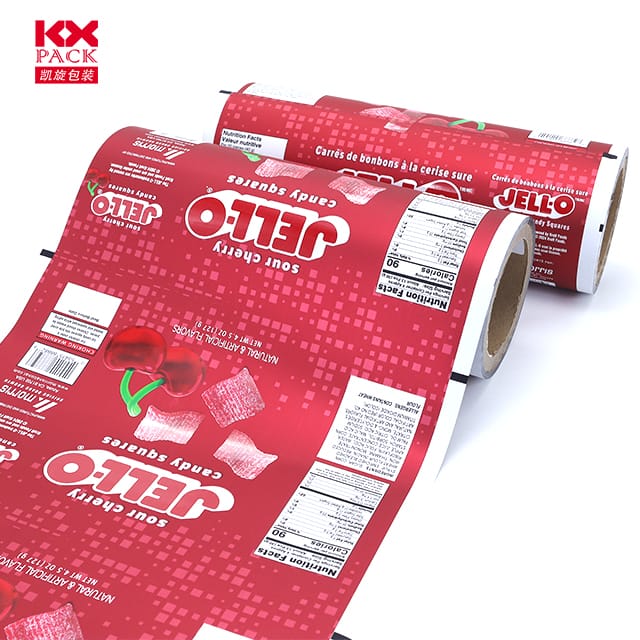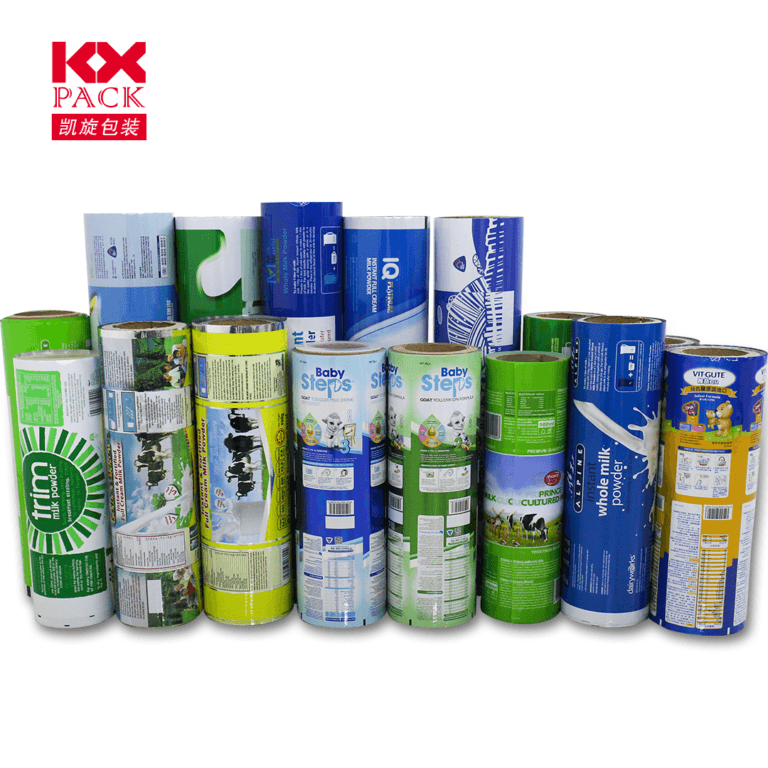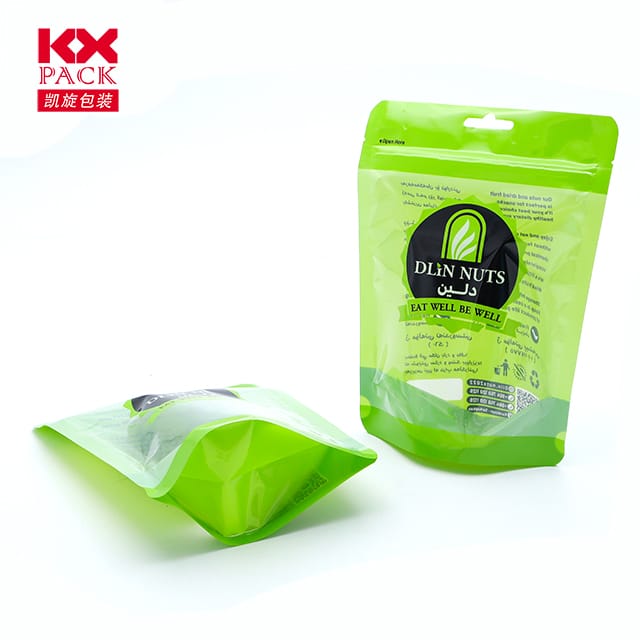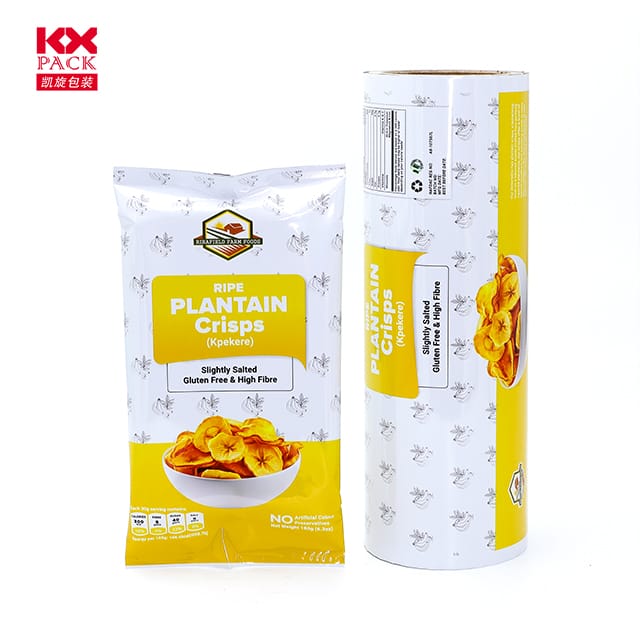Pedang Bermata Dua dari Film Plastik dalam Kemasan Makanan: Kenyamanan vs.. Keberlanjutan
Film plastik
In modern kitchens and supermarkets, plastic film for food—Umumnya dikenal sebagai cling wrap, saran wrap, or food wrap—has become a staple. Its transparent, stretchy, and airtight properties make it ideal for preserving freshness, mencegah tumpahan, and wrapping leftovers. Belum, Saat masalah lingkungan meningkat, this ubiquitous kitchen tool is facing scrutiny. Let’s explore the benefits, kekurangan, and eco-friendly alternatives to plastic film in food storage.
1. Why Plastic Film Dominates Food Packaging
- Preservation Power: Plastic film creates an airtight seal, slowing oxidation and bacterial growth. This extends the shelf life of produce, daging, and cooked meals by days or even weeks.
- Keserbagunaan: From wrapping sandwiches to covering bowls, its flexibility allows it to conform to any shape.
- Efektivitas Biaya: A single roll costs just a few dollars and can last months, making it a budget-friendly choice for households and restaurants.
- Kebersihan: Transparent and disposable, it reduces cross-contamination risks compared to reusable containers that may not be cleaned thoroughly.
2. The Environmental Toll of Plastic Film
Despite its convenience, plastic film poses significant environmental challenges:
- Tidak dapat terurai secara hayati: Most plastic films are made from polyethylene (pe), a petroleum-based material that takes 500+ bertahun-tahun untuk membusuk.
- Microplastic Pollution: When discarded improperly, it fragments into microplastics that infiltrate soil, waterways, and even human food chains.
- Recycling Barriers: Many curbside recycling programs don’t accept plastic film due to contamination risks. Hanya 4% dari A.S. plastic wrap is recycled annually (EPA, 2021).
- Single-Use Culture: The average household uses 1,500 plastic bags/wraps yearly, most of which end up in landfills or oceans.
3. Alternatif Ramah Lingkungan untuk Film Plastik
The good news? Sustainable swaps are readily available:
SEBUAH. Lilin lebah membungkus
- Bahan: Kain katun dilapisi lilin lebah, minyak jojoba, and tree resin.
- Manfaat: Reusable for up to a year, dapat dikomposkan, and naturally antibacterial.
- Best For: Wrapping cheese, sandwiches, or covering bowls.
- Drawback: Not vegan-friendly and melts near heat.
B. Penutup Makanan Silikon
- Bahan: Food-grade silicone (a synthetic rubber).
- Manfaat: Dishwasher-safe, reusable for years, dan tahan panas (great for sous-vide cooking).
- Best For: Stretching over bowls, pans, or half-cut produce.
- Drawback: More expensive upfront (10–20 per set).
C. Reusable Fabric Covers
- Bahan: Cotton or linen with a waterproof lining (MISALNYA., PUL fabric).
- Manfaat: Machine-washable, customizable in size, and breathable for produce.
- Best For: Storing bread, herbs, or covering dough during rising.
D. Wadah Kaca atau Stainless Steel
- Manfaat: Airtight, leak-proof, and infinitely recyclable.
- Best For: Meal prepping, leftovers, and freezer storage.
4. How to Reduce Plastic Film Waste Today
Even if you’re not ready to ditch plastic film entirely, small changes can make a difference:
- Gunakan kembali: Wash and dry plastic wrap gently to reuse it 2–3 times.
- Recycle Right: Check local programs for drop-off locations that accept plastic film (MISALNYA., grocery store bins).
- Beli dalam Jumlah Besar: Avoid pre-wrapped produce; bring reusable mesh bags to the store.
- DIY Alternatives: Use a damp paper towel to keep greens fresh or store leftovers in jars.
5. Masa Depan Kemasan Makanan
Innovations are emerging to bridge convenience and sustainability:
- Film yang Dapat Dimakan: Made from starch or seaweed, these wraps can be eaten or composted.
- Plant-Based Plastics: Biodegradable films derived from corn or sugarcane are entering the market.
- Kemasan Cerdas: Sensors embedded in films could soon detect food spoilage, mengurangi limbah.
Pikiran terakhir: Balance Is Key
Plastic film’s role in food safety and preservation is undeniable, but its environmental impact demands action. By opting for reusable alternatives when possible and disposing of plastic responsibly, we can protect both our meals and the planet.
What’s your go-to plastic film alternative? Share your tips in the comments below—let’s inspire each other to make sustainable swaps! 🌍🥪
Sumber: EPA, National Geographic, and sustainability blogs like Treehugger.







